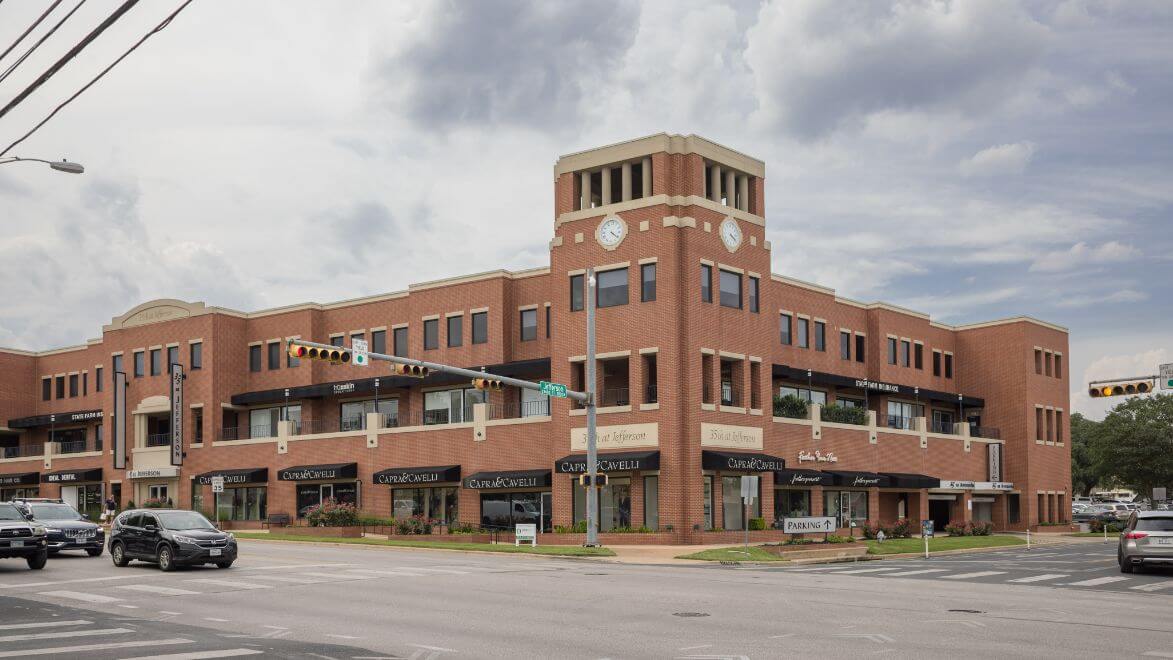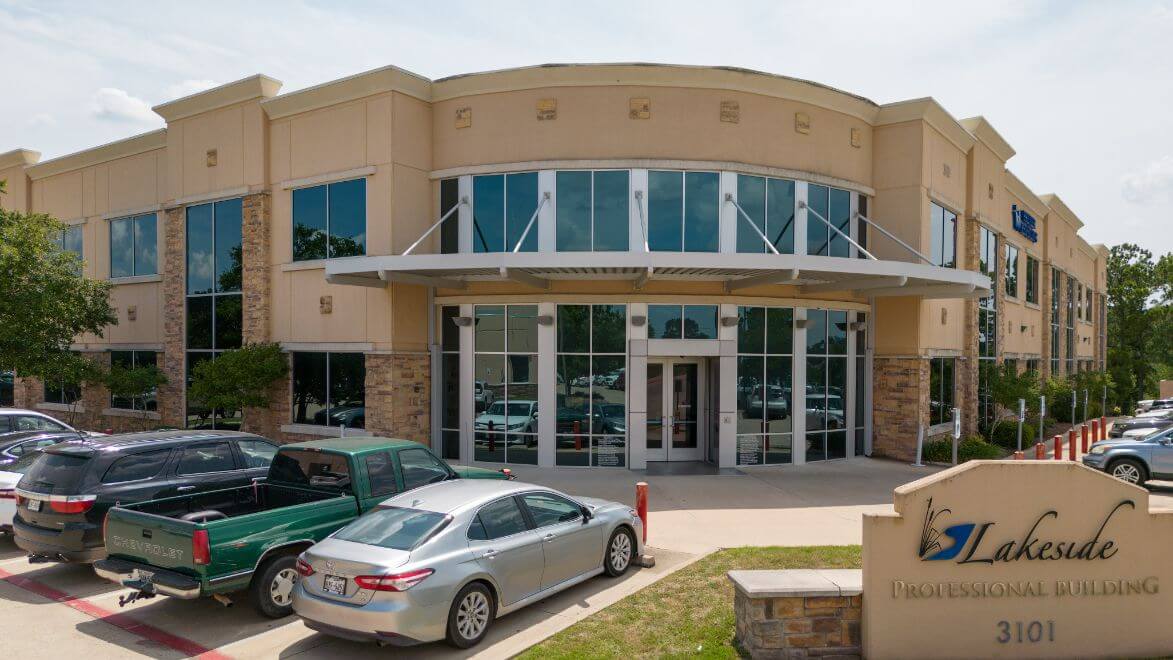Skin Cancer
Skin Cancer: The Most Prevalent Cancer Globally
Skin cancer is the most prevalent form of cancer worldwide. According to the Skin Cancer Foundation, 1 in 5 Americans will develop a form of skin cancer by the time they reach 70.
Skin cancer occurs when abnormal cells grow uncontrollably in the skin, often starting with changes in moles or new growths. The three most common forms of skin cancer are melanoma, basal cell carcinoma, and squamous cell carcinoma.
Early detection is crucial for effective treatment and the best possible outcomes. It is essential to have a total body skin examination by a dermatologist on an annual basis.
At Tru-Skin Dermatology in Central Texas, we’re dedicated to helping you achieve and maintain your skin’s best health through education, prevention, and the early detection of skin cancer. Our focus on skin health and positive outcomes is at the core of everything we do, which is why we offer a total body skin exam as part of your annual appointment.
Total body skin exams allow our providers to analyze the overall health of your skin and check for any conditions or spots that may be of concern. By identifying potential issues early, we can provide timely intervention and treatment, ensuring your skin remains healthy and cancer-free. Schedule your annual skin exam today and take a proactive step towards safeguarding your skin health.
Examples of Skin Cancer
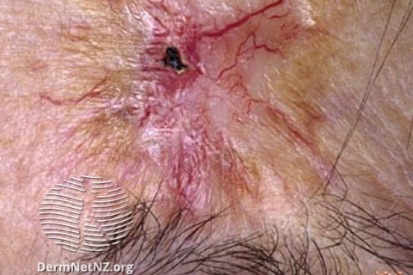
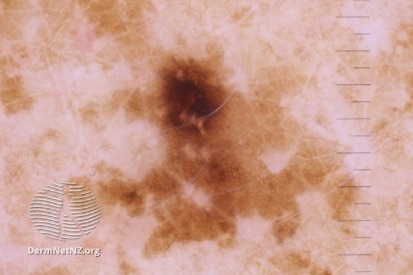
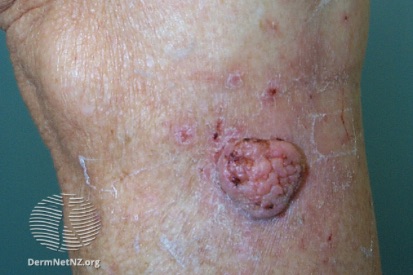
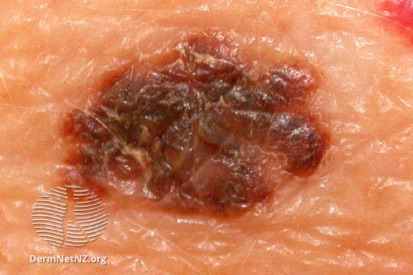
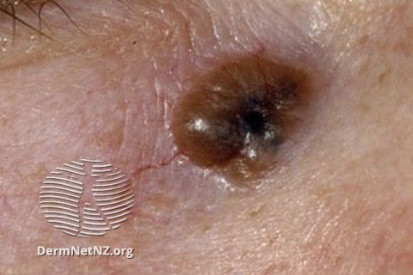
Skin Cancer Types
- There are two main groups of skin cancers: non-melanoma and melanoma.
- Basal cell carcinoma (non-melanoma)
- Squamous cell carcinoma (non-melanoma)
- Malignant melanoma (melanoma)
Who Commonly Gets Skin Cancer?
- The lighter your skin, the more likely you are to get skin cancer.
- Have red hair
- Are blond with blue eyes
- Have pigment disorders
- Have many freckles or moles
- Live in areas of extreme sunlight
- People with darker skin may also get skin cancer.
- Before age 49, white women are more likely to develop melanoma.
- After 50, a higher proportion of men are likely to develop the disease.
Skin Cancer Treatment: Surgical Treatment Options
Mohs Surgery: The most advanced and highly effective skin cancer surgery available, Mohs has a 99% cure rate for basal cell carcinoma and 95% for squamous cell carcinoma—the highest for any surgical procedure. As the gold standard for skin cancer, Mohs leaves slight scarring and is done on site with local anesthesia in one visit. Physicians identify the tumor throughout skin layers and are able to precisely and exactly remove them, leaving other skin cells and tissue unharmed.
Skin Biopsy/Mole Removal: After one of our free cancer screenings, we may do a biopsy over a small sample of suspicious skin. We numb the area so you will feel no pain, remove a small sample of skin to diagnose it and identify if it is cancerous or benign, and then set up your next appointment.
Curettage: During this procedure, the tumor is numbed and scraped with a sharp instrument known as a curette. The edge is cauterized with an electric needle, which makes it a quick process. However, the scar may be more visible than after Mohs surgery.
Surgical Excision: After numbing the tumor area, the tissue that includes the tumor is removed and the wound is closed with sutures. If the tumor is larger in size, skin grafts will be used. With a cure rate in the 90th percentile, surgical excision allows an in-depth examination of the specimen to ensure the tumor has been successfully removed.
Other surgical options include chemical peels and freezing. For more detailed information, contact our experienced team at Tru-Skin Dermatology for our unparalleled pain-free and effective approach to dealing with skin cancer. A portion of all patient visits and services is donated to The Shade Project, a skin cancer prevention nonprofit initiative started by Daniel J. Ladd, DO, President of the American Osteopathic College of Dermatology (AOCD), and his wife.
Skin Cancer FAQs
Skin cancer is a type of cancer that begins in the skin cells. It usually develops on skin exposed to the sun but can also occur in areas that are not exposed. There are three main types of skin cancer: basal cell carcinoma, squamous cell carcinoma, and melanoma. Basal cell carcinoma and squamous cell carcinoma are more common and have a higher cure rate, while melanoma is less common but more aggressive.
The primary risk factor for skin cancer is exposure to ultraviolet (UV) radiation from the sun or tanning beds. Other risk factors include having fair skin, a history of sunburns, a family history of skin cancer, a weakened immune system, and exposure to certain environmental factors such as arsenic.
The signs of skin cancer can vary depending on the type. Common signs include changes in the size, shape, color, or texture of a mole or spot on the skin. Itching, tenderness, or bleeding may also occur. It's crucial to be vigilant and seek medical attention if you notice any unusual changes on your skin.
Treatment for skin cancer depends on the type, size, and location of the cancer, as well as the patient's overall health. Common treatment options include surgical removal of the cancerous tissue, radiation therapy, and, in some cases, chemotherapy or immunotherapy. Early detection is key to successful treatment, so regular skin checks and prompt medical attention are crucial.
You should apply sunscreen every day, even on cloudy days and during the winter, UV rays can still penetrate the clouds and cause skin damage. Sunscreen needs time to be absorbed into the skin. We recommend applying it at least 15-30 minutes before going outdoors and reapplying every two hours.
A total body skin exam by a dermatologist is crucial for several reasons. Firstly, it serves as a proactive measure for the early detection of skin cancers, including melanoma, the deadliest form of skin cancer. Skin cancers are often highly treatable when identified at an early stage. A comprehensive examination allows the dermatologist to assess moles, birthmarks, and any unusual skin changes that may indicate potential issues.
Secondly, a dermatologist can identify and diagnose various skin conditions, including dermatitis, psoriasis, and infections. Early detection and treatment of these conditions can prevent them from escalating into more serious health issues.
Furthermore, a total body skin exam provides an opportunity to discuss and address any concerns or questions about skin health, sun protection, and skincare routines. Dermatologists can offer valuable guidance on skin cancer prevention, emphasizing the importance of sun protection measures, such as wearing sunscreen and protective clothing.
Regular skin exams become especially vital for individuals with risk factors, such as a family history of skin cancer, a personal history of sun exposure, or fair skin. Overall, a total body skin exam is a proactive and comprehensive approach to maintaining skin health, preventing skin cancers, and addressing any skin-related issues in a timely manner.
Total Body Skin Exams at Tru-Skin Dermatology
Skin Cancer Treatment: Non-Surgical Treatment Options
GentleCure is a gentle, surgery-free treatment that is safe and has a 99%+ cure rate in basal and squamous cell skin cancers. Treatment is done right in the dermatology office over the course of a few weeks using an advanced Image-Guided SRT machine. It is the only skin cancer treatment with ultra-sound imaging that lets you see the cancer on the screen and review the progress made throughout the course of treatment until there are no visible signs of cancer.
GentleCure is designed to treat skin cancer without the discomfort and cosmetic issues often associated with surgery. There is no cutting, surgical scarring, or need for reconstructive surgery, and you can maintain your normal daily activities throughout treatment.
- In 2021, chart reviews were conducted for 1632 patients who had Image-Guided SRT to treat one or more early-stage basal or squamous cell skin cancers. Of those patients, 2917 skin cancers in total were treated. The results showed a 3% cure rate with Image-Guided SRT, which we believe to be equal to or better than Mohs surgery.
- In 2022 and 2023, additional studies were published that showed the efficacy and safety of Image Guided SRT to be superior to non-image-guided forms of radiation therapy across skin cancer types—confirming its use as a first-line treatment for basal and squamous cell skin cancers. This means doctors and patients should give equal consideration to Mohs surgery and surgery-free Image-Guided SRT as standards of care.
If you are considering radiation therapy to treat your skin cancer, make sure you are getting GentleCure with adaptive radiotherapy protocols. It’s the safe, effective, and gentle way to treat skin cancer using the most advance treatment technology available today.
From the Tru-Skin Dermatology Blog
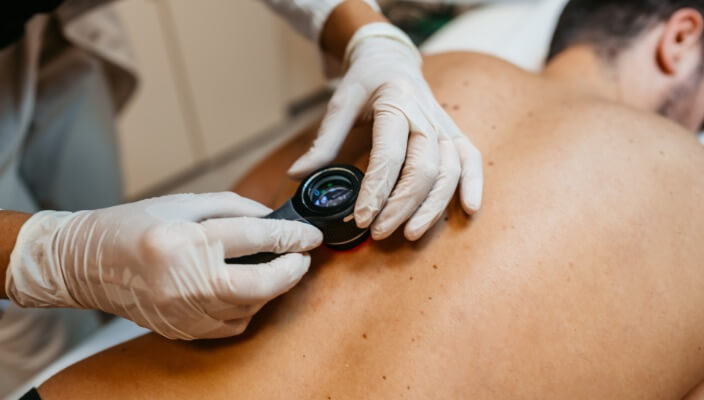
- Skin Cancer
- General Dermatology
- Skin Exams
- Sun Safety
- Skin Care
Texans have an increased risk of skin conditions due to the fluctuating climatic conditions. Therefore, Tru-Skin Dermatology provides our Texas patients with regular check-ups for their skincare.
Read More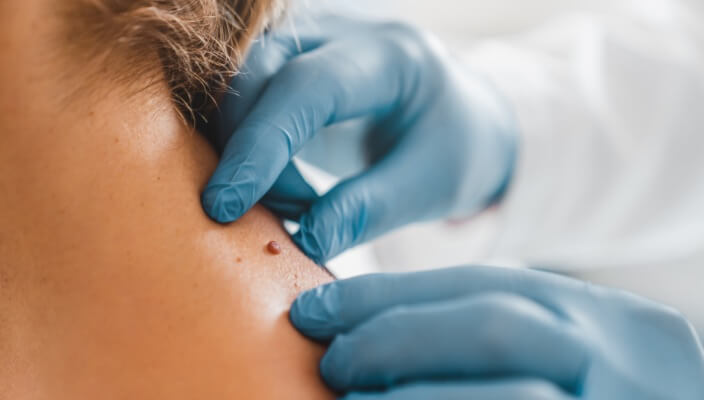
- Skin Cancer
- Skin Exams
- Sun Safety
Our team has access to the latest skin cancer treatment technology to quickly remove certain kinds of skin cancer. Read to learn more about the life-saving potential of early skin cancer detection.
Read More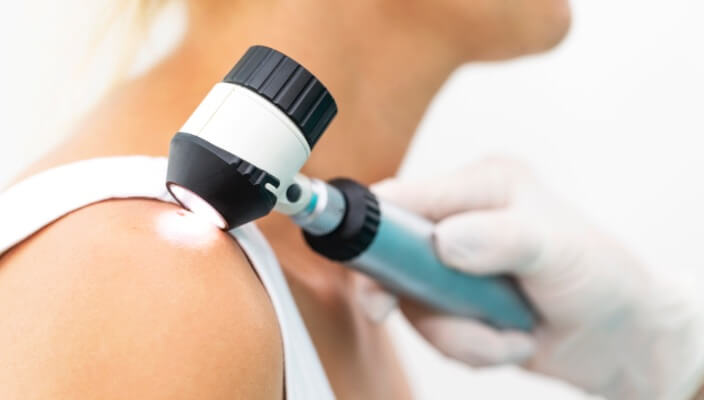
- Skin Cancer
Image-guided superficial radiation therapy (IG-SRT) is a non-surgical treatment option for non-melanoma skin cancers. Learn about this treatment offered at Tru-Skin Dermatology.
Read MoreFeatured Products for Sun Protection
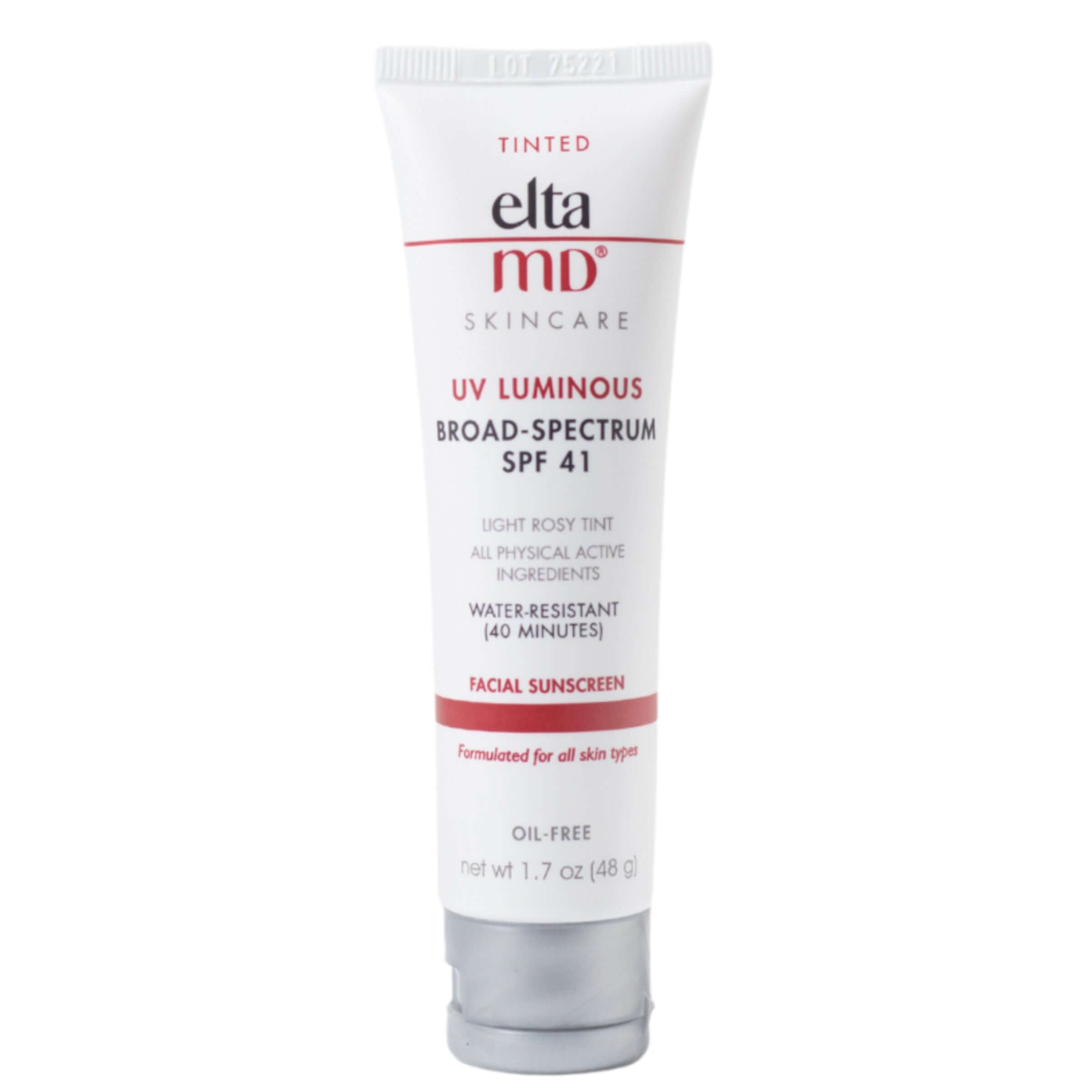
EltaMD UV Luminous Broad-Spectrum SPF 41
Get a shade more luminous with our newest lightly tinted sunscreen that brings skin care and essential sun care together. EltaMD UV Luminous Broad-Spectrum SPF 41 uses antioxidants such as linoleic acid and vitamin E to protect your skin from free radicals and diminish UV-related signs of aging. It’s light rosy tint and semi-matte finish blends into the skin seamlessly and blurs imperfections. EltaMD UV Luminous Broad-Spectrum SPF 41 sunscreen is ideal for those seeking non-greasy UV protection with all physical active ingredients. Net wt 1.7 oz/48 g
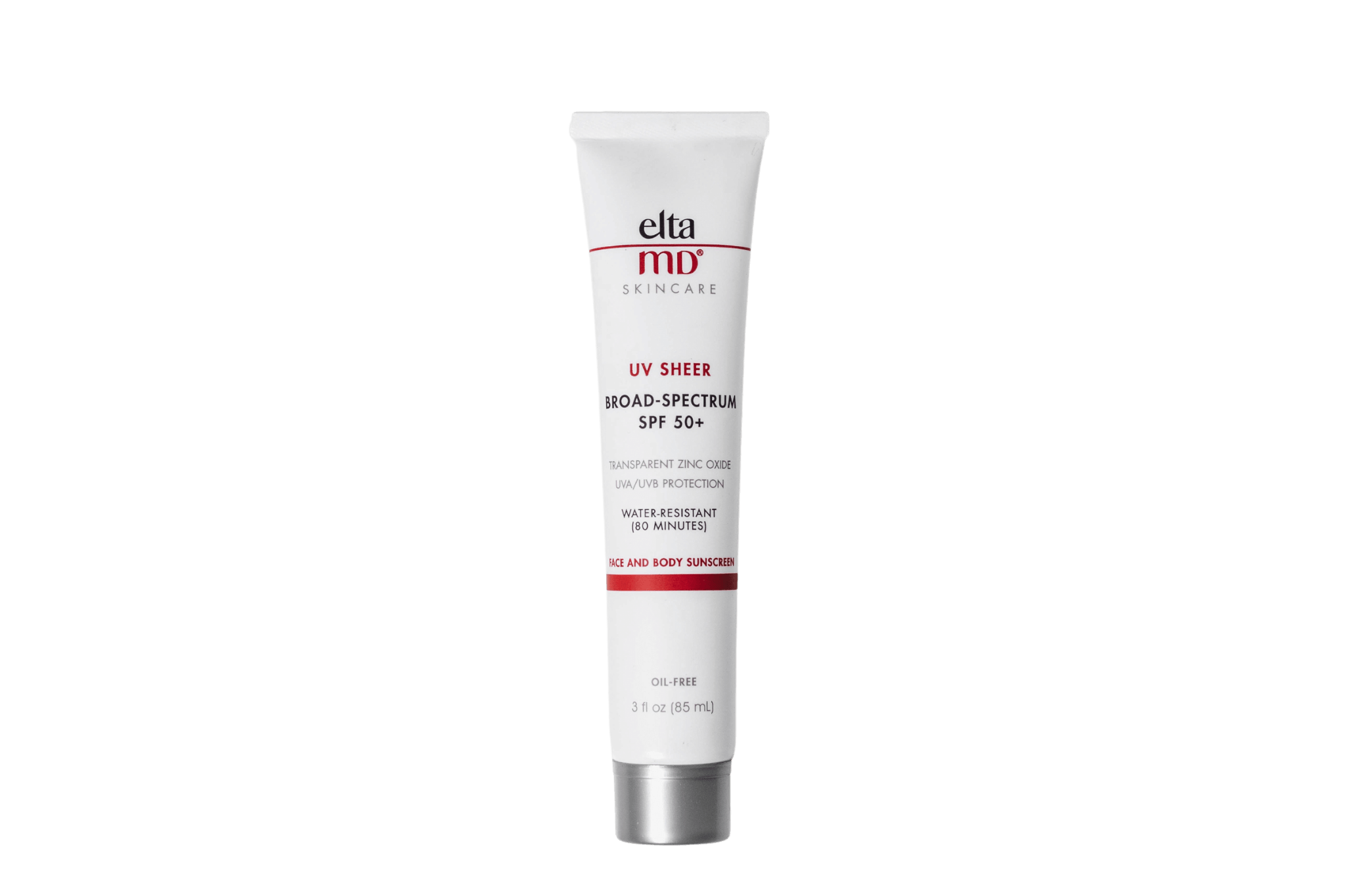
EltaMD UV Sheer Broad-Spectrum SPF 50
UV Sheer has a lightweight, hydrating formula that feels silky to the touch and light and airy on the skin. It goes on smooth absorbing quickly into skin and helps even out skin tone. This facial sunscreen offers up to 80 minutes of sweat and water-resistance making it the ideal choice for an active lifestyle, hot and humid weather and for anyone looking for a lightweight and hydrating sunscreen to live freely under the sun. UV Sheer is formulated to be compatible on all skin tones without leaving a white cast. 3.0 oz

